Search funds offer a structured way for entrepreneurs to acquire and grow businesses, but the tax implications of equity distribution can significantly affect returns. Here's what you need to know:
- Entity structure matters: C corporations, S corporations, and LLCs each have distinct tax benefits and limitations. C corporations allow for QSBS tax exclusions but face double taxation. S corporations and LLCs offer pass-through taxation but have restrictions like shareholder limits or self-employment taxes.
- Section 1202 QSBS benefits: This provision can exclude up to 100% of federal capital gains tax for qualifying stock held over five years. For stock issued after July 4, 2025, partial exclusions start after three years, with the cap increased to $15 million.
- Foreign search funds face extra challenges: U.S. investors in foreign search funds may encounter higher taxes due to PFIC rules unless they make timely QEF elections.
- Early tax planning is crucial: Engaging tax and legal advisors before raising capital can help optimize returns, ensure QSBS eligibility, and navigate compliance issues like PFIC reporting and Section 83(b) elections.
Key takeaway: Proper tax structuring and compliance can significantly reduce liabilities and improve after-tax returns for search fund operators and investors.
Tax Considerations in Search Fund Equity Structuring
When setting up a search fund, the choice of entity structure has a direct impact on tax outcomes, which in turn affects investor returns. Whether it’s a C corporation, LLC, or S corporation, each structure comes with its own tax advantages and challenges.
Entity Structure Tax Differences (C Corporation, LLC, S Corporation)
C corporations face double taxation - once at the corporate level and again on dividends. However, many search funds mitigate this by reinvesting earnings instead of distributing them. This approach has become more appealing since the 2017 Tax Cuts and Jobs Act reduced the corporate tax rate from 35% to 21%.
S corporations avoid double taxation by using pass-through taxation, where income, losses, and deductions are reported on shareholders' personal tax returns. Shareholders may also qualify for a 20% deduction on Qualified Business Income, potentially lowering their tax liability. However, there are limitations: S corporations can have no more than 100 shareholders, all of whom must be U.S. citizens or residents, and they can only issue one class of stock. These restrictions can make raising capital more difficult.
LLCs offer flexibility with pass-through taxation by default. However, members are subject to a 15.3% self-employment tax on profits. To reduce this burden, LLC owners often elect to be taxed as an S corporation, which allows them to pay themselves a reasonable salary (subject to FICA taxes) and take additional profits as distributions, avoiding self-employment tax on those amounts. As Jane Haskins, Esq. from LegalZoom explains:
"For a profitable LLC, the self-employment tax savings can be significant because members pay FICA taxes only on their salaries, not on the entire amount of the company's profit."
| Business Structure | Tax Treatment | Key Tax Implications | Ownership Limits |
|---|---|---|---|
| C Corporation | Corporate tax (21%) + dividend tax | Double taxation; eligible for QSBS benefits | No restrictions on shareholders or stock classes |
| S Corporation | Pass-through taxation | Avoids double taxation; potential FICA tax savings | Limited to 100 shareholders; one class of stock |
| LLC | Pass-through (default) | Subject to self-employment tax on profits; S corp election can reduce taxes | No ownership restrictions |
These differences highlight the importance of choosing the right structure to balance tax efficiency with operational flexibility.
Section 1202 Qualified Small Business Stock (QSBS) Benefits
Section 1202 provides a valuable tax incentive by excluding up to 100% of federal capital gains on qualifying stock. For QSBS held for more than five years, gains up to the greater of $10 million or 10 times the stock basis can be excluded from taxable income. For stock issued after July 4, 2025, this cap increases to $15 million, with potential tax savings of up to 23.8%.
"This powerful tax incentive can provide up to 100% exclusion of federal tax on capital gains from the sale of qualifying stock held for more than five years, up to the greater of $10 million or 10 times the basis of the stock." - Kelly A. Berardi, JD, LL.M, Tax Partner, Gray, Gray & Gray, LLP
Search funds typically target businesses valued under $50 million, which often qualify for QSBS benefits under the aggregate gross assets test. A common approach is to operate as a Topco LLC - taxed as a partnership - during the search phase and then form a wholly owned C corporation to acquire the target business. This structure allows investors to benefit from QSBS exclusions, provided they maintain continuous ownership.
For stock issued after July 4, 2025, a tiered exclusion applies:
| Holding Period (for QSBS issued after July 4, 2025) | Exclusion Percentage | Federal Tax Savings per $1 Million Gain |
|---|---|---|
| 3 years | 50% | $119,000 |
| 4 years | 75% | $178,500 |
| 5+ years | 100% | $238,000 |
To qualify for QSBS benefits, the corporation must meet specific requirements, such as using at least 80% of its assets in active trade or business and avoiding significant redemptions. Careful monitoring of these criteria is essential to maintain eligibility.
PFIC Rules for Foreign Search Funds
Foreign search funds face additional tax hurdles under Passive Foreign Investment Company (PFIC) rules. A foreign corporation is classified as a PFIC if 75% or more of its gross income is passive or if 50% or more of its assets produce passive income. During the search phase, when cash and cash equivalents dominate the balance sheet, many foreign search funds fall into this category.
Under PFIC rules, an $800,000 capital gain could result in tax costs of nearly $310,000 - almost double the tax burden compared to avoiding PFIC classification. These rules impose the highest ordinary income tax rates on excess distributions, along with interest charges for deferred liabilities.
"PFIC status is relevant – and to be avoided if possible – because it imposes much higher tax rates on an investor's income than would otherwise apply." - Choate Hall & Stewart LLP
One way to mitigate these consequences is through a Qualified Electing Fund (QEF) election. This allows U.S. investors to pay tax annually on their share of the PFIC's earnings and capital gains, avoiding the harsh excess distribution rules. As Choate Hall & Stewart LLP explains:
"In a common Search Fund life cycle, if a timely QEF Election is made by a US investor, during the search phase in which the foreign Search Fund is most likely to be classified as a PFIC, often the Search Fund will not generate positive taxable income for which a US investor would be required to pay tax on a 'flow through' basis because the Search Fund will be expending the cash raised to fund the search phase as it seeks to identify a target business to acquire."
During the search phase, where funds are primarily used to find acquisition targets, a timely QEF election can help U.S. investors avoid immediate tax liabilities while preserving favorable treatment for future gains. However, compliance is no small task - Form 8621 must be filed annually for each PFIC investment, and completing each form can take over 48 hours.
"The complexities surrounding PFICs mean they are not just investments, but tax obligations with long-term financial implications." - Ines Zemelman, Accredited Enrolled Agent, President at TFX
Engaging tax counsel early is essential to navigate these rules and ensure all necessary elections are made on time.
Data and Trends in Equity Distribution Tax Outcomes
Recent trends highlight how shifts in investor preferences and updates to tax laws are reshaping equity distribution in search funds.
Common Equity Distribution Models
Traditional search funds now dominate the market, accounting for most completed transactions. On average, these funds raise $550,000 for the initial search phase and target acquisitions priced around $14.4 million. The returns speak for themselves - traditional search funds typically deliver a 6.9x return on investment, with an internal rate of return (IRR) of 42.9%. In contrast, self-funded searchers often secure a majority stake of about 70% in the businesses they acquire.
In traditional models, searchers usually start with an 8% equity stake, which can grow to as much as 25% based on performance over time.
LLC partnerships have become a go-to structure due to their flexibility in economic allocations. Kelly A. Berardi from Gray, Gray & Gray explains why these structures are so appealing:
"The partnership model (LLC) offers pass-through taxation and tremendous flexibility in allocating economic benefits among different investor classes. This structure aligns well with the typical search fund model where investors receive preferred returns and the entrepreneur earns equity through performance."
Since 2019, more than 50% of search funds have adopted this model. Smaller funds with fewer investors often choose S-Corporations to save on self-employment taxes. Meanwhile, larger funds lean toward LLC structures, which can later convert to C-Corporations to take full advantage of Qualified Small Business Stock (QSBS) benefits.
These evolving equity models and entity structures provide a foundation for understanding how tax law changes are influencing search fund strategies and investor returns.
Tax Law Changes Affecting Search Funds
Recent legislative changes have further shaped the tax outcomes for search funds, building on the equity distribution trends discussed earlier.
The One Big Beautiful Bill Act (OBBBA), signed into law on July 4, 2025, has introduced major updates to QSBS rules. Under the new law, investors can now benefit from partial exclusions sooner - 50% after three years, 75% after four years, and 100% after five years. The QSBS cap has also been raised to $15 million for stock issued after July 4, 2025.
Cohen & Co elaborates on the impact:
"Under previous rules, investors were required to hold QSBS for at least five years before being eligible for gain exclusion. This has been changed under the OBBBA to allow for partial exclusions on three-year (50%) and four-year (75%) holding periods, in addition to 100% after five years. The law additionally increases the limitation on assets, which restricts QSBS designation, meaning a wider range of investments may qualify."
Additionally, the threshold for QSBS qualification has increased from $50 million to $75 million in aggregate gross assets. The OBBBA also reintroduced an EBITDA-based calculation for business interest expense limitations under Section 163(j), which is particularly beneficial for leveraged portfolio companies often seen in search fund acquisitions.
The act made another key change by permanently extending the Qualified Business Income Deduction (QBID), ensuring continued tax benefits for pass-through entities. As EisnerAmper highlights:
"The permanence of IRC Sec. 199A is a significant advantage for portfolio companies organized as pass-through entities."
Notably, the OBBBA left other favorable provisions intact. The three-year holding period for carried interest taxation remains unchanged, and state and local pass-through entity tax (PTET) deductions were preserved.
These updates have accelerated the shift toward C-Corporation structures for acquisition vehicles. Holland & Knight observes:
"Section 1202 has gained popularity likely due to the significant decrease in the C corporation income tax rate enacted in 2017, in turn significantly reducing the cost of double taxation in such business structures."
Taken together, these legislative changes underscore the importance of carefully planning and optimizing tax structures from the outset of a search fund's lifecycle.
Tax Efficiency Comparison of Entity Structures
When deciding between C corporations, S corporations, and LLCs, the tax implications for search fund equity holders can vary significantly. Each entity type is suited to different fund sizes, investor profiles, and distribution strategies. These structures use distinct mechanisms to avoid corporate-level tax, and understanding their nuances is key to making an informed choice.
LLCs: Flexibility with a Tax Drawback
LLCs are known for their operational flexibility, but they come with a notable tax burden on active profits. Members who actively participate in the business are subject to a 15.3% self-employment tax on their share of the profits, in addition to regular income tax. For instance, if a search fund generates $1 million in annual profits, the self-employment tax alone would amount to approximately $153,000.
S Corporations: A Balanced Approach
S corporations strike a middle ground by allowing owner-employees to split their income. Owners can pay themselves a "reasonable salary", which is subject to employment taxes, while the remaining profits can be distributed as dividends that are not subject to self-employment tax. As Laura Schmidt from Wolters Kluwer explains:
"S corporations may have preferable self-employment taxes compared to the LLC because the owner can be treated as an employee and paid a reasonable salary. Taxes, including FICA, are taken out of that salary. After paying this salary, the remaining corporate earnings might be classified as unearned income, which does not face self-employment taxes."
This structure can lead to significant tax savings, especially for funds earning over $60,000 annually.
C Corporations: Best for Retained Earnings
C corporations face the challenge of double taxation - profits are taxed at the corporate level (a federal rate of 21%) and again when distributed as dividends. However, for search funds that focus on retaining and reinvesting earnings rather than distributing them, this structure can offer tax advantages in the long run.
Tax Comparison Table
Here’s a side-by-side look at the tax features of each entity type:
| Feature | LLC (Default) | S Corporation | C Corporation |
|---|---|---|---|
| Corporate Income Tax | None | None | 21% federal flat rate |
| Owner Tax Treatment | Personal income tax plus self-employment tax on all profits | Personal income tax on salary; distributions avoid self-employment tax | Personal income tax on dividends |
| Self-Employment Tax | 15.3% on all business profits | 15.3% only on the reasonable salary portion | None on dividends |
| QBI Deduction | Potentially available if taxed as an S corporation | Up to 20% of qualified business income | Not applicable |
| Double Taxation | No | No | Yes (on distributed profits) |
| Investor Limitations | Unlimited members of any type | Limited to 100 U.S. shareholders | Unlimited shareholders |
| Equity Classes | Flexible allocation per operating agreement | Single class of stock only | Allows multiple classes |
| Tax Election Flexibility | Can elect to be taxed as an S corp or C corp | Requires IRS election (Form 2553) | Standard corporate structure |
Key Considerations
The U.S. Small Business Administration highlights one of the main benefits of pass-through entities:
"S corps allow profits, and some losses, to be passed through directly to owners' personal income without ever being subject to corporate tax rates."
C corporations, on the other hand, are ideal for larger funds with unlimited and diverse investors. Their ability to accommodate multiple equity classes makes them well-suited for complex search fund structures. Smaller search funds, particularly those with fewer than 100 U.S.-based investors, often lean toward S corporations to take advantage of pass-through taxation and reduce self-employment taxes. Many LLC owners also elect S corporation tax treatment to optimize their tax position.
Ultimately, the best entity structure depends on a careful balance of tax efficiency, operational goals, investor needs, and long-term growth strategies. Each choice carries unique trade-offs that should align with the fund's overall objectives.
sbb-itb-a3ef7c1
Legal and Compliance Requirements for Equity Distribution
After optimizing tax structures, it’s essential to stay compliant with legal and regulatory requirements to retain those advantages. When it comes to search fund equity distribution, strict adherence to tax and compliance rules is non-negotiable. Falling short can lead to hefty penalties, increased audit scrutiny, and the forfeiture of tax benefits - issues that are especially concerning given the substantial capital involved and the sophisticated nature of the investor group.
Common Compliance Risks and How to Address Them
Several compliance risks stand out, including improper structuring for Qualified Small Business Stock (QSBS) benefits, violations of Passive Foreign Investment Company (PFIC) rules, and undisclosed investor agreements. Each of these can create significant consequences if not handled correctly.
QSBS Compliance: Maintaining QSBS eligibility requires diligent monitoring. For instance, holding too much cash or non-business assets can jeopardize QSBS status. Search funds must carefully manage their cash levels and working capital to stay within the rules.
Another QSBS-related challenge arises with rollover equity structures. When existing shareholders transfer equity into the acquisition vehicle, the transaction must be structured to preserve QSBS eligibility. As Holland & Knight explains:
"The benefits of Section 1202 could provide significant value to Searchers, the Search Fund and its investors, but careful consideration should be made to ensure eligibility requirements are met. Understanding the nuances of Section 1202 and its interpretations are paramount to realizing potential investor value, and recognizing potential pitfalls – including the effect of Section 1202 on investors' equity holdings, the issuance of Common Units and 'rollover' participation – will allow the Search Fund to make an informed decision regarding whether and if Section 1202 fits within the Search Fund's investment thesis."
PFIC Compliance: Timely QEF elections are crucial for U.S. investors in foreign search funds. As Choate Hall & Stewart highlight:
"In summary, it is key for US investors in a foreign Search Fund, and the Search Fund itself (to the extent it's anticipated to raise material search capital from US investors), to consult with their tax advisors to consider the potential application of the PFIC rules to their specific facts, and to ensure that any information required to make the QEF Election and any related reporting obligations are appropriately addressed in the definitive legal documents."
Undisclosed Investor Arrangements: Hidden agreements that grant investors control rights outside of formal documentation can disqualify Small Business Administration (SBA) loans and lead to serious legal risks. M&A Masterclass warns:
"All deal terms must be disclosed to the bank and included in the governing documents… the operating agreement, stockholders agreement, or otherwise. If there's a side letter giving an investor de facto control? That's not a gray area, it's a red flag. And it's not common practice."
To avoid these pitfalls, search fund operators must implement rigorous compliance practices.
Tax Compliance Best Practices
To navigate the complexities of tax compliance and maximize outcomes, search fund operators often rely on the following best practices:
-
Engage experts early. Kelly A. Berardi, JD, LL.M, Tax Partner at Gray, Gray & Gray, LLP, emphasizes the importance of early planning:
"In our experience, early planning yields substantial benefits. Entrepreneurs who engage experienced advisors before raising initial search capital position themselves for significantly higher after-tax returns throughout the search fund lifecycle."
- Fully document deal terms. Every investor control provision and equity repayment mechanism should be clearly outlined in the governing documents.
- Establish formal tax policies. Consistent decision-making and risk management require clear, formalized tax policies and procedures.
- Adopt technology solutions. Using integrated document management systems and automated workflows can centralize tax data, reduce errors, and streamline processes.
- File elections on time. For example, Section 83(b) elections must be submitted within 30 days of receiving common units or profits interests to establish the appropriate holding period. Similarly, QEF elections for PFIC compliance should be made promptly to avoid penalties.
- Monitor compliance regularly. Ongoing assessments of active business requirements for QSBS and adjustments to fund structure or operations ensure continued compliance.
Given the intricate nature of these rules, professional advice is indispensable. Clearly Acquired offers advisory services that connect search fund operators with seasoned tax and legal professionals. These experts can help establish a strong foundation early on, reducing the risk of costly compliance missteps later.
Recommendations for Tax-Efficient Equity Structuring
Search fund operators can achieve better tax outcomes and adhere to compliance standards by combining strategic planning with expert guidance. This method ensures a solid framework for navigating the complexities of equity structuring.
Early Engagement with Tax and Legal Advisors
Getting professional advice early on is critical for crafting an effective tax strategy. Tax experts play a key role in establishing the equity structure, including choosing the right entity type - be it an LLC taxed as a partnership, an S-Corporation, or a C-Corporation. This decision is pivotal and becomes much harder to change once capital has been raised. Kelly A. Berardi, JD, LL.M, Tax Partner at Gray, Gray & Gray, LLP, highlights the importance of this step:
"Entrepreneurs who engage experienced advisors before raising initial search capital position themselves for significantly higher after-tax returns throughout the search fund lifecycle."
Planning for Qualified Small Business Stock (QSBS) offers major tax advantages for eligible C-corporation stock, and filing a Section 83(b) election on time ensures favorable treatment for equity grants. Legal advisors also help set up the fund's structure and identify potential tax challenges during due diligence. As noted by Search Funds News:
"The article underscores the importance of collaboration between search fund entrepreneurs and their legal counsel. Entrepreneurs must understand the legal framework surrounding search funds to confidently engage in negotiations and ensure compliance with investor and regulatory requirements. By mastering the basics of fund formation, acquisition, and financing documents, entrepreneurs can focus on their primary role: becoming exceptional CEOs and driving the success of their ventures."
Moore Kingston Smith also stresses the value of thorough due diligence in identifying and mitigating tax risks:
"Our due diligence involves: ... Identifying potential tax risks. Recommending how to protect against financial or tax-related risks."
Leveraging Clearly Acquired for Structuring Support
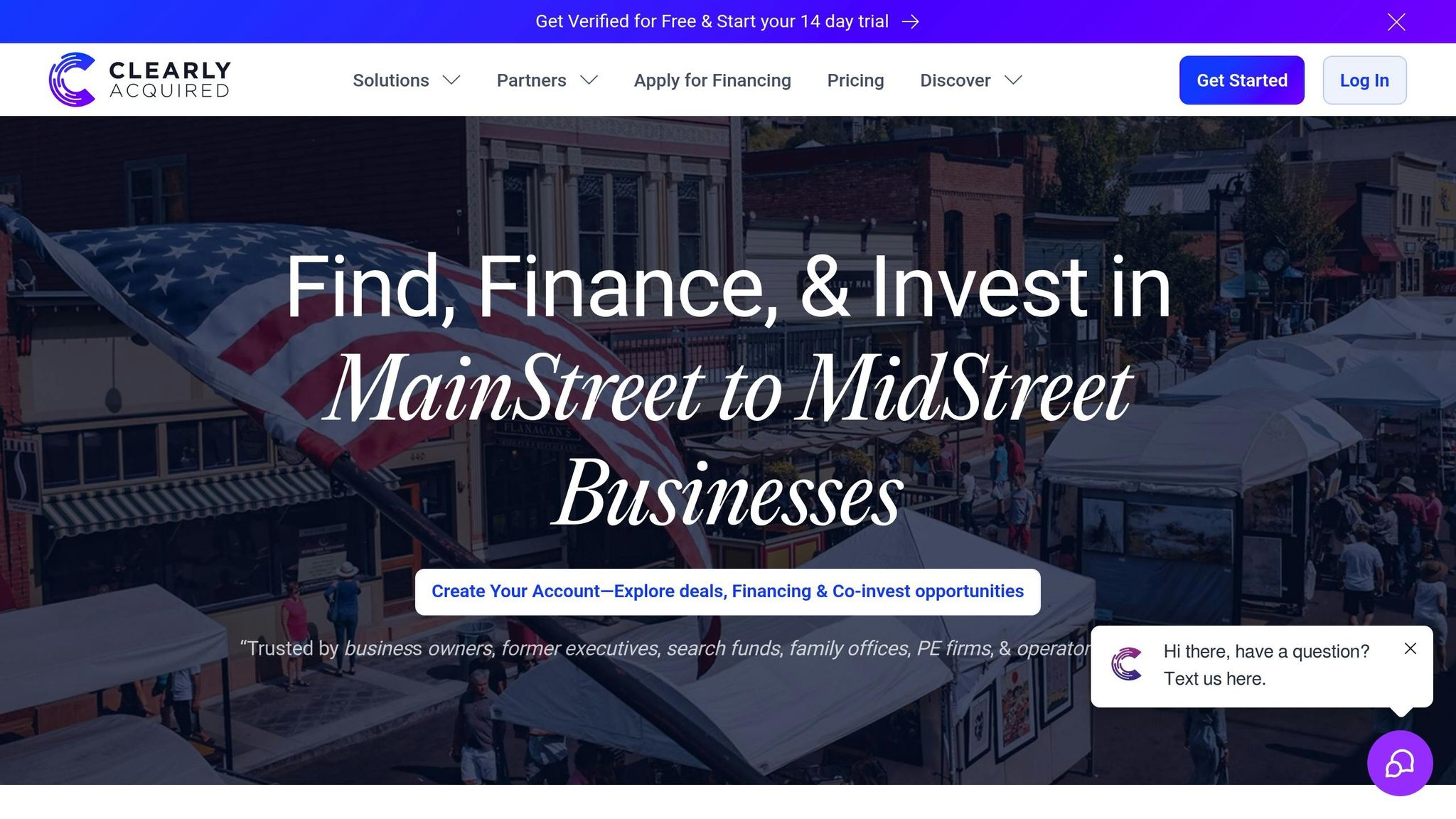
Beyond professional advice, technology can significantly enhance equity structuring efforts. Platforms like Clearly Acquired simplify the process of making tax-efficient decisions throughout the lifecycle of a search fund.
Clearly Acquired helps optimize deal structures, supporting acquisition models such as stock purchases, which can often reduce taxes for sellers compared to asset acquisitions. Its AI-powered valuation tool uses real-time financial data, industry benchmarks, and market trends to ensure accurate valuations that guide equity distribution and related transactions.
The platform also assists with capital stack planning, balancing debt and equity while considering thresholds relevant to QSBS eligibility. For rollover equity transactions, Clearly Acquired ensures compliance with QSBS requirements by organizing the proper sequence of contributions - from the seller to Topco LLC, and then to the C-corporation - needed to meet the "original issuance" stipulation.
Additionally, the platform connects operators with a network of tax and legal professionals, including specialists in QSBS planning and state or international tax strategies. Educational tools, such as a business acquisition course, provide operators with the knowledge to make informed decisions about entity selection, equity compensation, and exit strategies.
Clearly Acquired's deal flow management tools also centralize documentation, tracking search activities and expenses to maximize tax benefits. This includes ensuring proper record-keeping for acquisitions or qualifying certain costs as abandonment losses if a deal falls through.
Conclusion: Tax Impact of Search Fund Equity Distribution
Navigating the tax implications of equity distribution in search funds can be tricky, with early decisions playing a big role in shaping long-term financial outcomes. Choosing the right entity structure, staying on top of changing tax laws, and seeking expert advice are key steps to managing taxes effectively.
Search fund operators encounter specific tax challenges at each stage of their journey. As Kelly A. Berardi, JD, LL.M, Tax Partner at Gray, Gray & Gray, LLP, explains:
"Each phase presents distinct tax considerations that require careful planning from inception."
For example, failing to structure things properly could increase tax rates by more than 20 percentage points. This highlights the need to document search expenses thoroughly from the start and design equity incentives in a way that qualifies for more favorable tax treatment. Partnering with advisors early on is essential to maximize after-tax returns throughout the lifecycle of a search fund.
On top of these foundational strategies, recent updates in tax regulations and advancements in technology have added new ways to improve tax efficiency. One notable change allows non-deductible state income taxes to be converted into deductible business expenses, offering another avenue for reducing tax burdens.
Tools like Clearly Acquired also play a major role in simplifying these complex decisions. With features like real-time valuation data, capital stack planning, and compliance tracking, the platform helps search fund operators make informed decisions. Its deal flow management tools ensure that search activities and expenses are well-documented, which is critical for capturing maximum tax benefits.
FAQs
What are the main tax benefits and challenges of using an LLC instead of a C corporation or S corporation for a search fund?
Using an LLC for a search fund comes with some clear tax advantages. One of the biggest perks is pass-through taxation, which means profits are only taxed once at the individual level, avoiding the double taxation that C corporations face. Plus, LLCs have the option to be taxed as an S corporation, which can help reduce self-employment taxes in certain situations.
That said, there are a few drawbacks worth noting. Unless an LLC opts for S corporation taxation, all profits may be subject to self-employment taxes, which can add up. Another challenge is that LLCs often have fewer options for raising capital compared to C corporations. Unlike C corporations, LLCs can’t issue stock, which can make it harder to attract large-scale investors.
Ultimately, the right choice depends on your specific business goals. Consulting with a tax professional can provide clarity and help you decide whether an LLC aligns with your search fund strategy.
What steps can U.S. investors take to manage the tax implications of investing in foreign search funds under PFIC rules?
U.S. investors involved in foreign search funds need to navigate the tax challenges posed by Passive Foreign Investment Company (PFIC) rules. Two common strategies to address these issues include electing to treat the investment as a Qualified Electing Fund (QEF) or opting for a Mark-to-Market election. Both methods aim to mitigate the unfavorable tax consequences and potentially avoid the higher tax rates associated with PFICs.
Given the complexity of PFIC regulations, collaborating with experienced tax professionals is crucial. They can help design a tailored strategy to stay compliant, minimize unexpected tax burdens, and manage your investments more effectively.
How can search fund operators ensure compliance with QSBS requirements and maximize tax benefits?
To take advantage of the tax benefits associated with Qualified Small Business Stock (QSBS), search fund operators need to ensure the target company meets the criteria outlined in Section 1202 of the Internal Revenue Code. This means confirming that the business is actively involved in trade or operations and has gross assets of $50 million or less at the time the stock is issued.
It's also essential to structure investments carefully to prevent stock redemptions within two years, as these could jeopardize QSBS eligibility. Keeping thorough documentation and complying with IRS rules - such as meeting the required holding period and ensuring the business remains active - are equally important steps in securing potential tax exclusions.
By addressing these requirements, search fund operators can position themselves to maximize tax advantages while remaining fully compliant with the law.















.png)




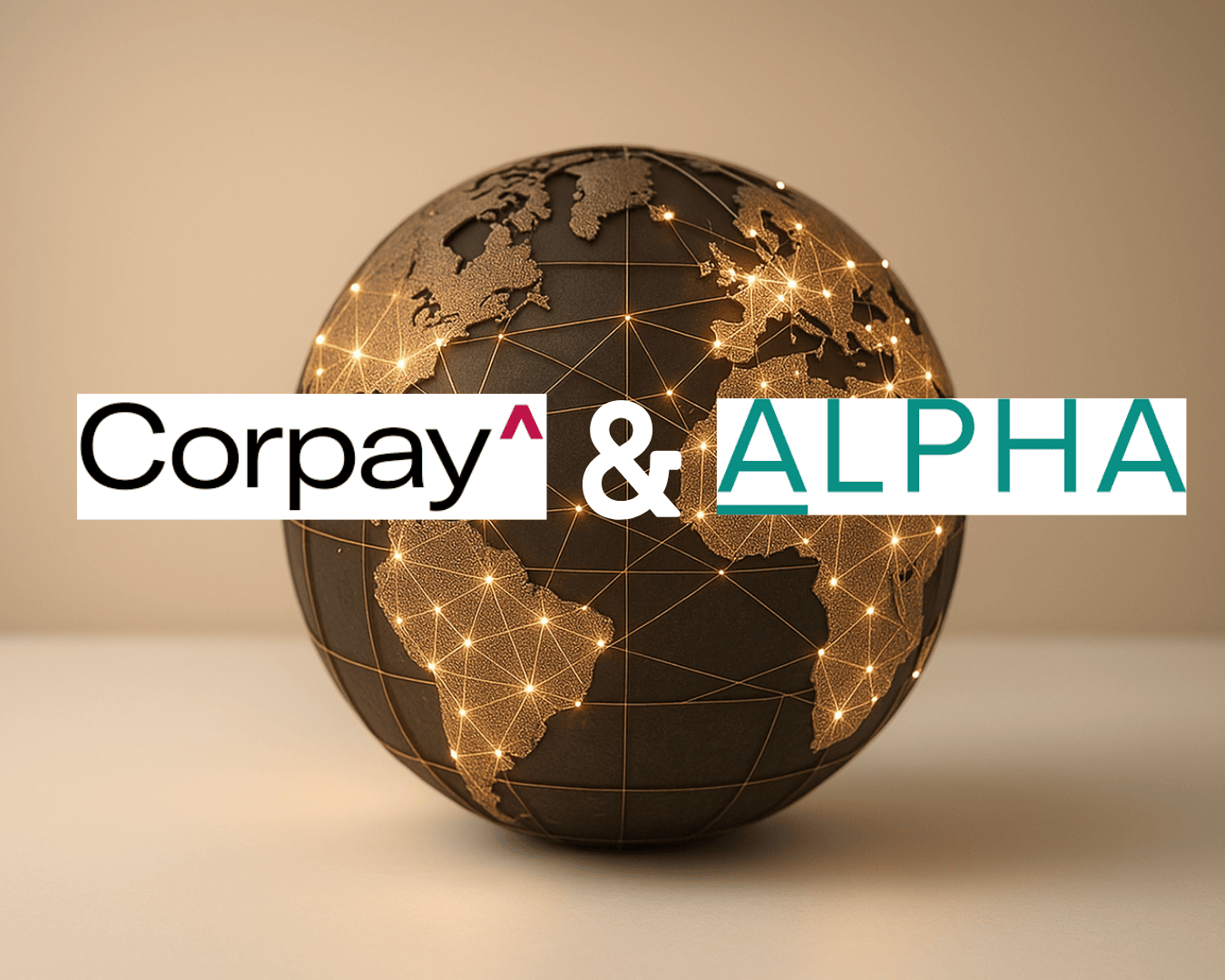

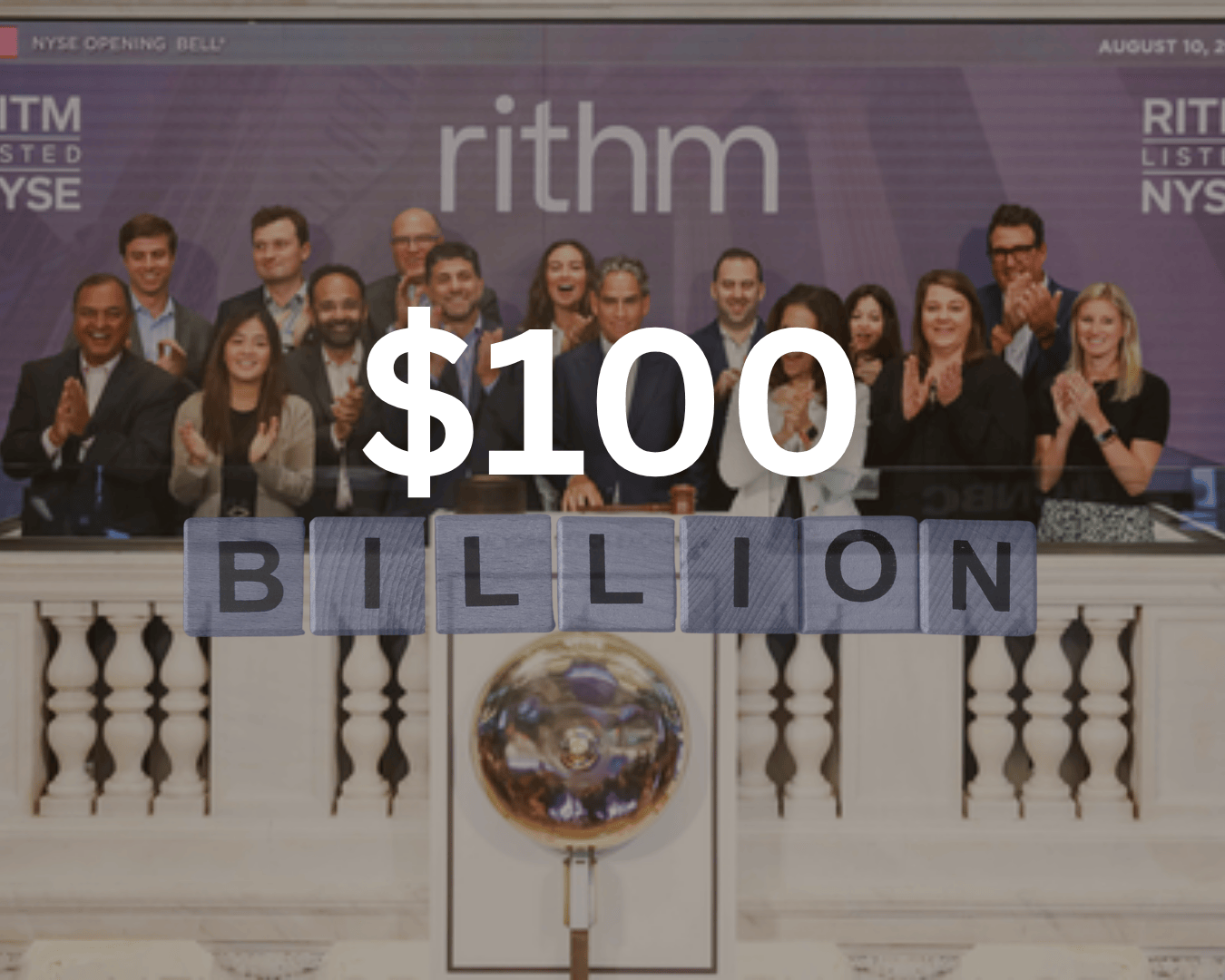















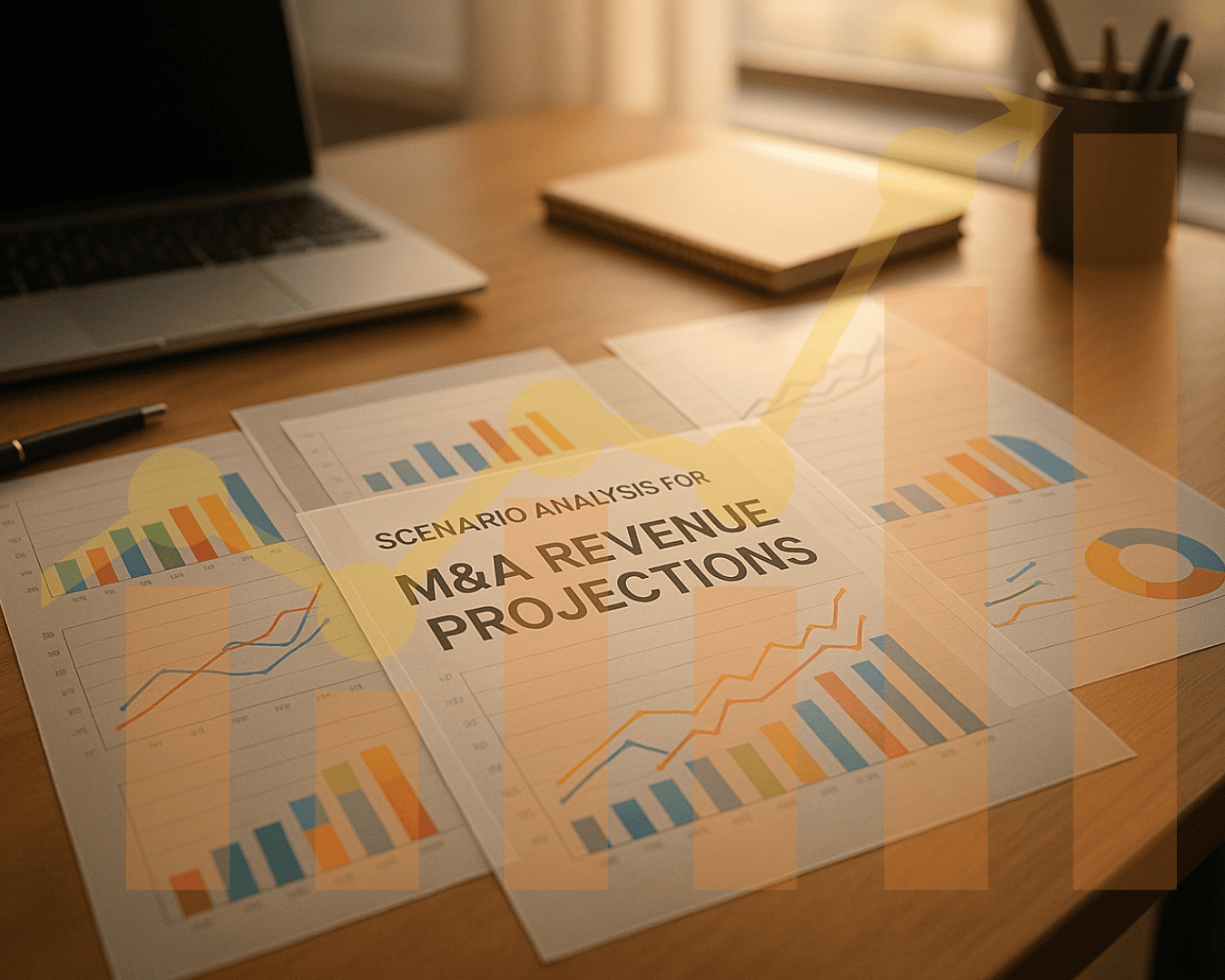





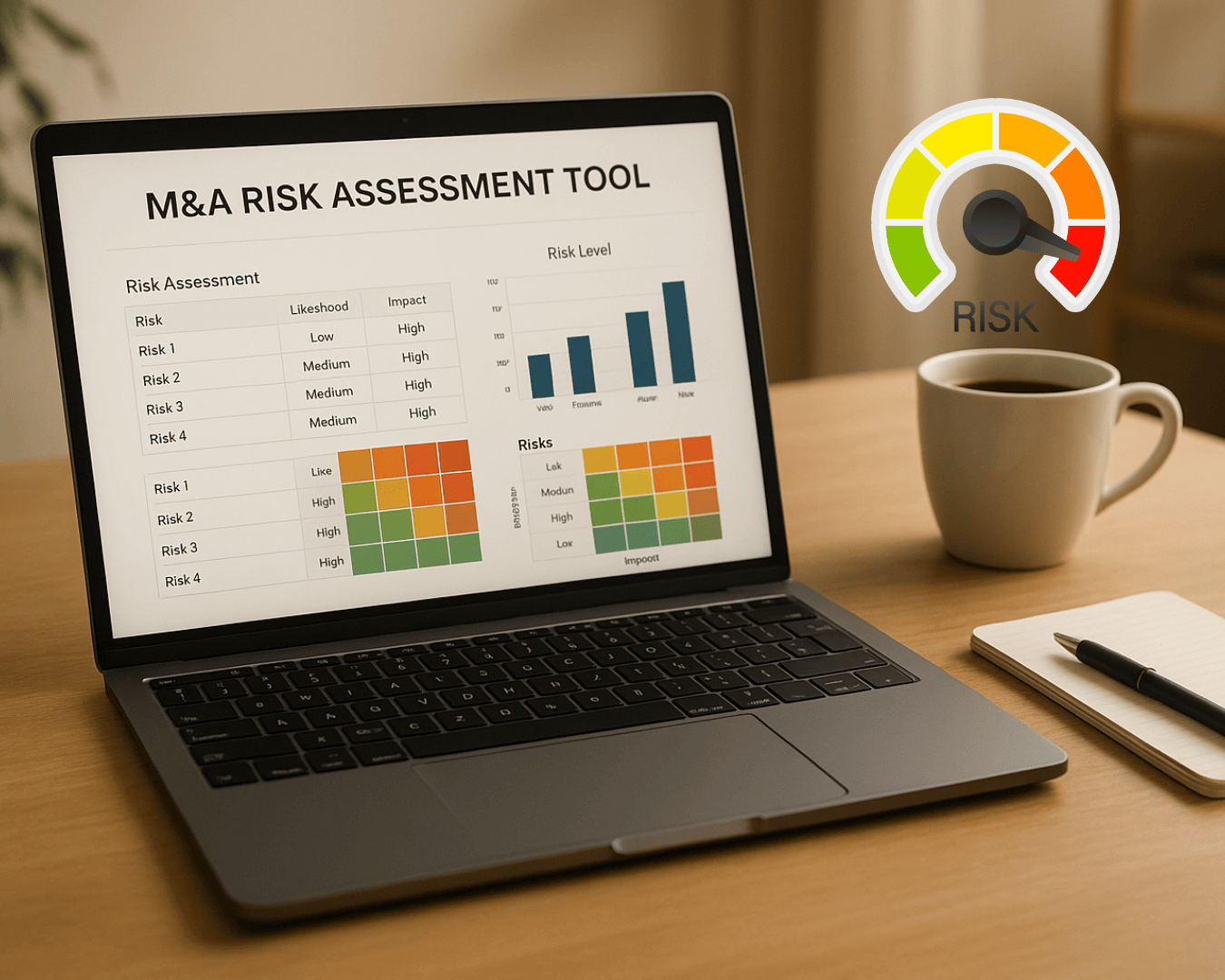


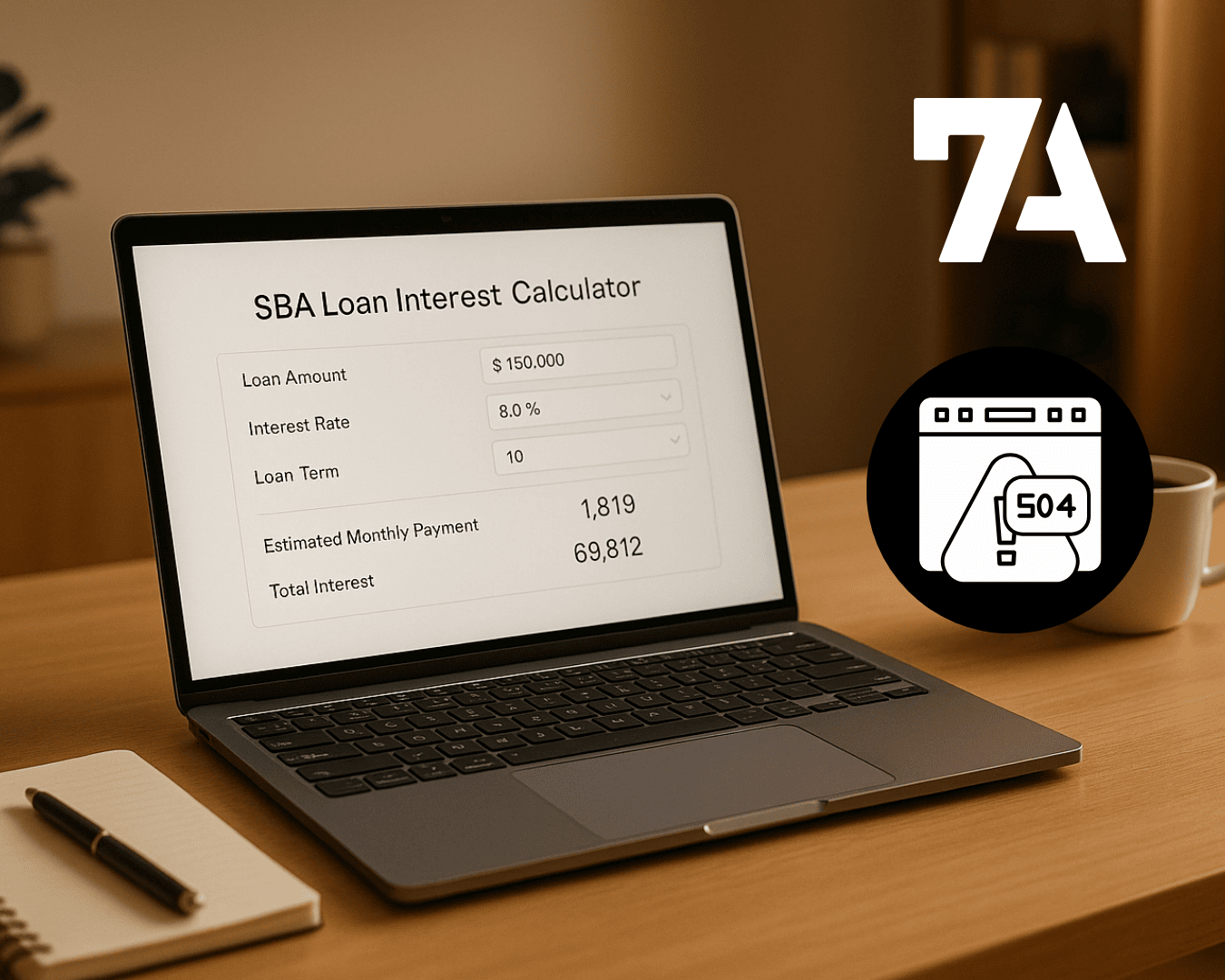








%20Loan%20Application%20Checklist.png)
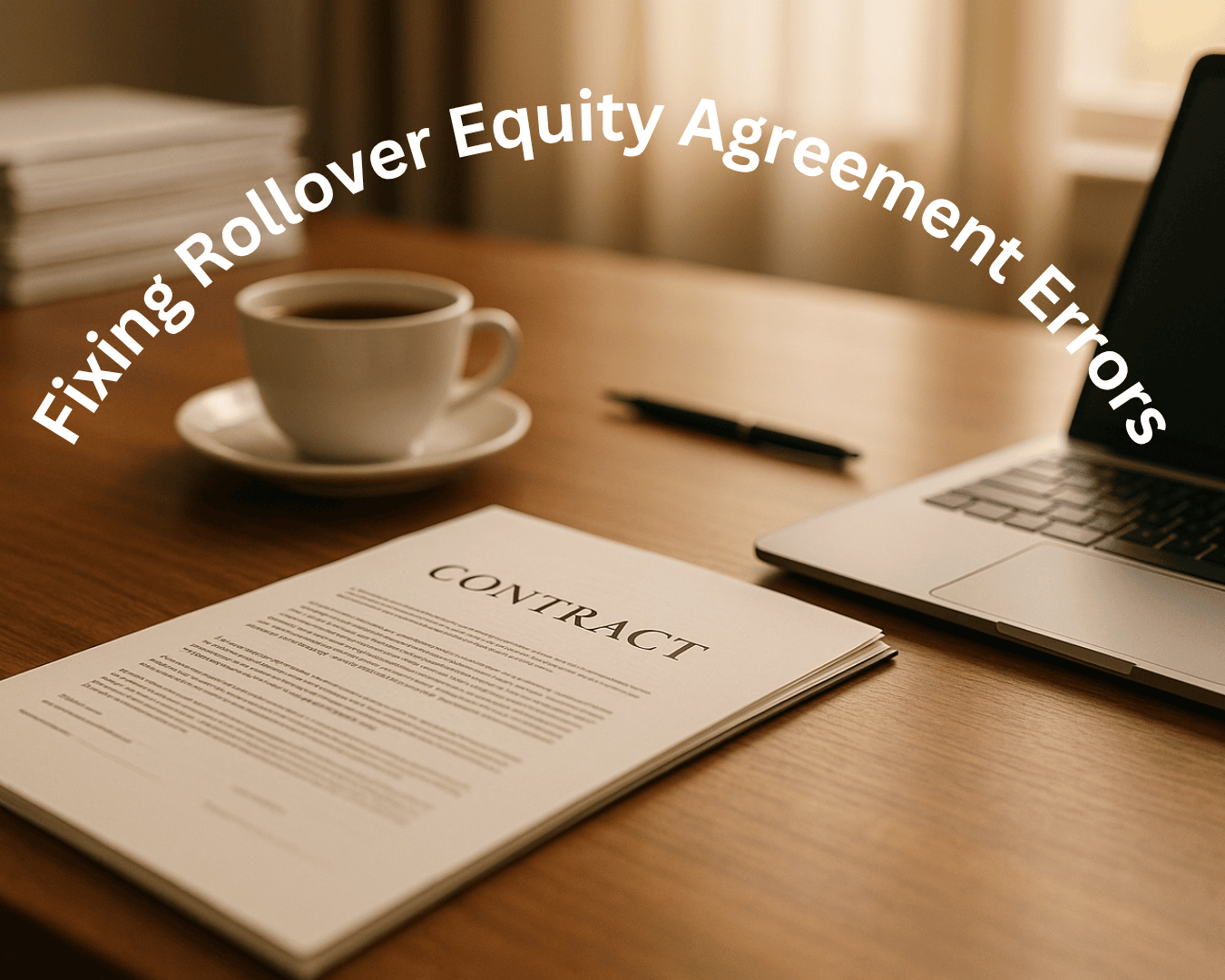
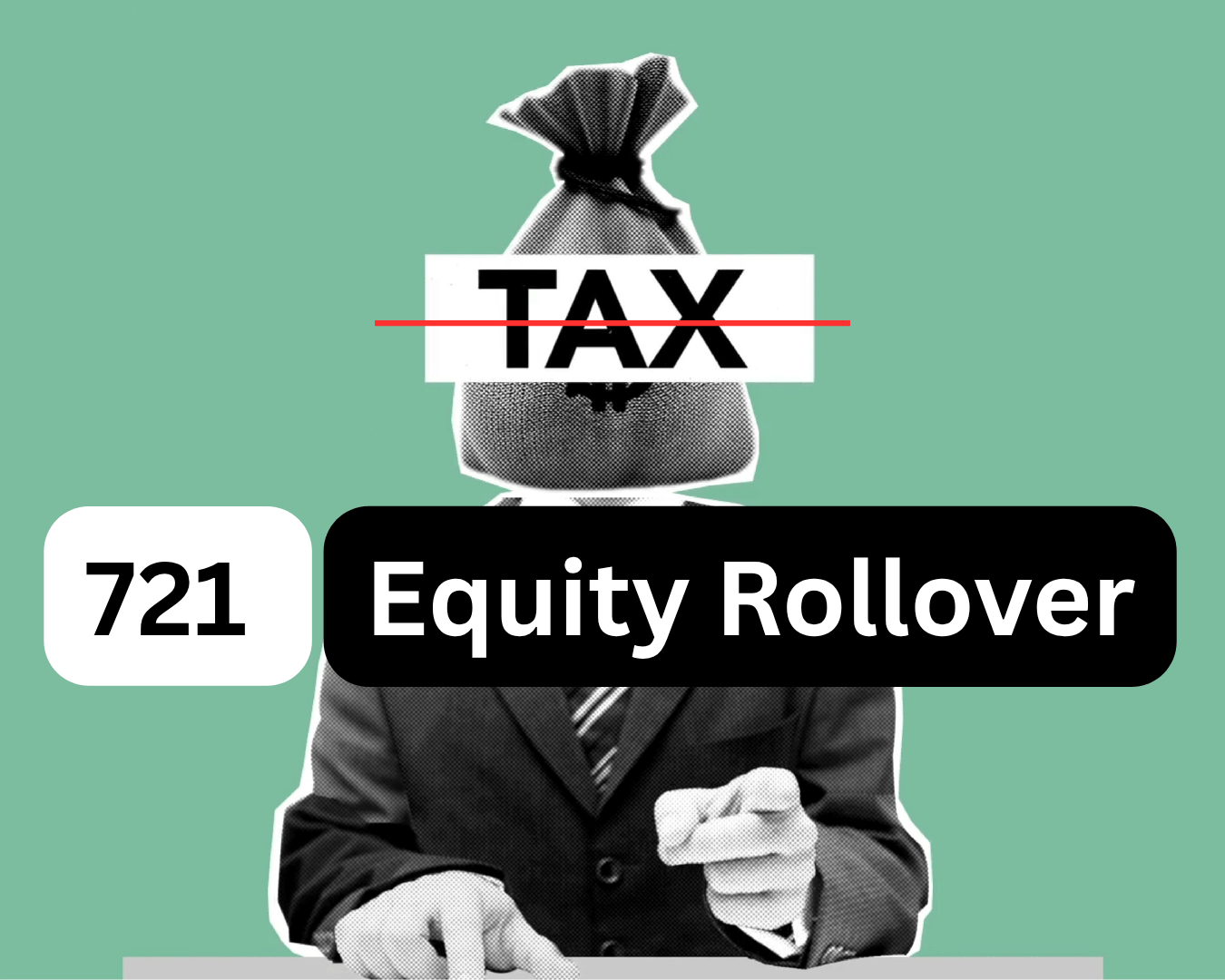















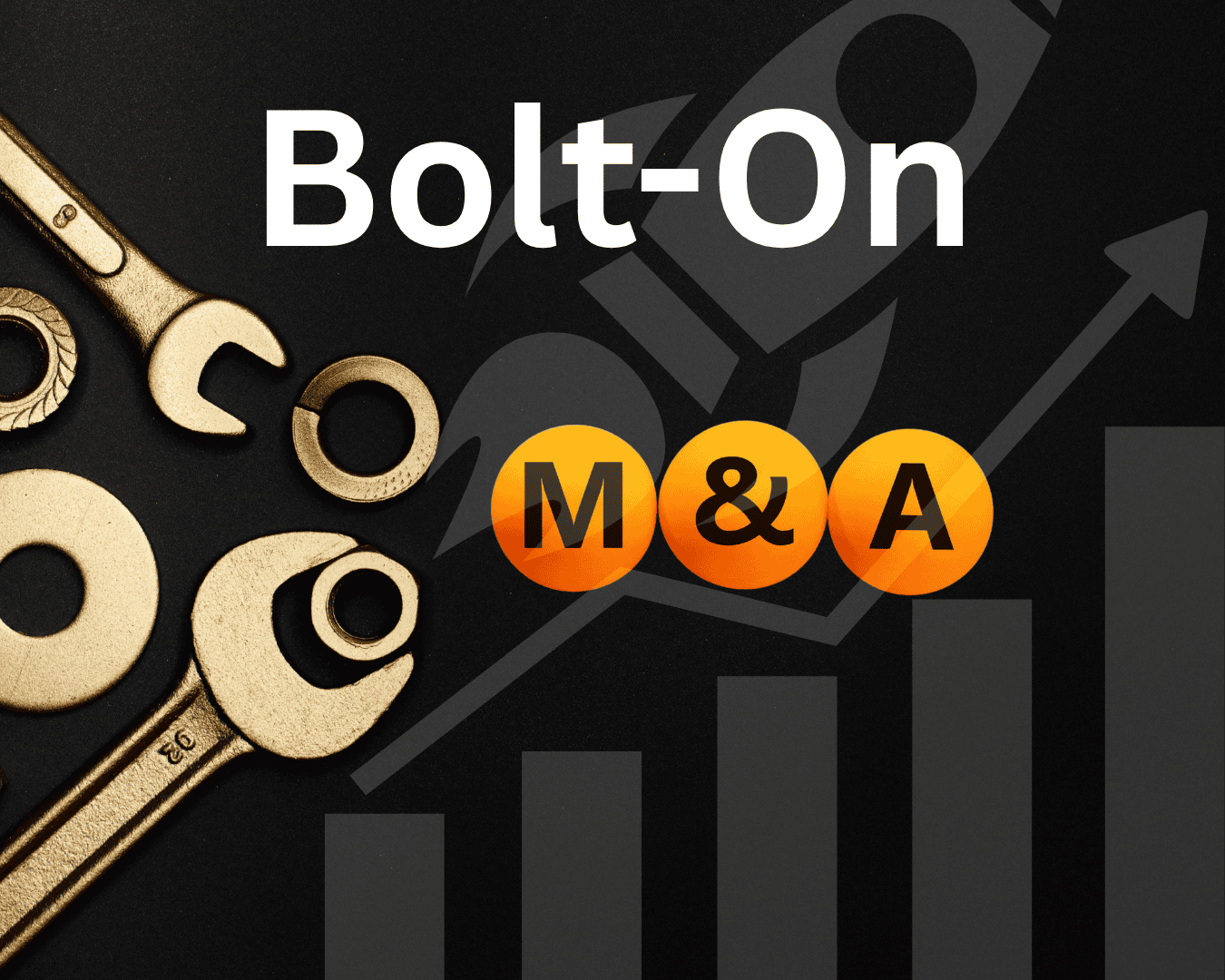





















.png)
%20Loans%20%26%20Your%20Buy-Side%20Edge.png)












